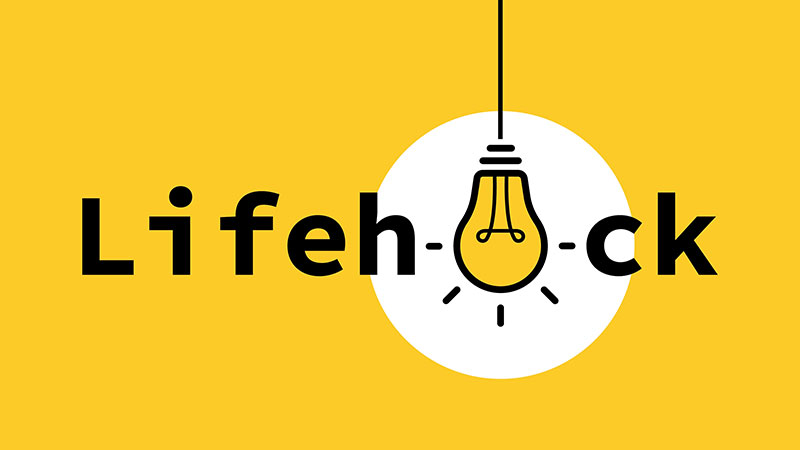Before credit cards and digital payments, families used a simple cash system that naturally prevented overspending. This "envelope method" is making a comeback as people discover it's the easiest way to stick to a budget.
What You Need
Simple supplies you probably have at home:
- 5-8 regular envelopes
- A pen or marker
- Cash for your monthly variable expenses
- A small box or drawer to store the envelopes
The Setup Process
Step 1: Label each envelope with a spending category—Groceries, Entertainment, Dining Out, Gas, Personal Care, etc.
Step 2: Calculate your monthly budget for each category based on past spending.
Step 3: At the beginning of each month, put the budgeted cash amount in each envelope.
Step 4: Use only the cash from the appropriate envelope for each purchase.
The Simple Rules
When the envelope is empty, you're done spending in that category. This is the key that makes the system work.
No borrowing between envelopes unless it's truly an emergency.
Any leftover cash at month's end can go toward savings or next month's envelope.
Keep receipts in the envelopes to track what you spent money on.
Why This Works So Well
Physical cash feels real: Handing over actual bills creates more awareness than swiping a card.
Visual spending limit: You can instantly see how much you have left to spend.
Prevents impulse purchases: If the envelope doesn't have enough cash, you can't buy it.
Builds mindful spending habits: You naturally start asking "Do I really need this?" before purchases.
Pro Tips for Success
Start with just 3-4 categories to keep it simple while you build the habit.
Use larger bills when possible—it's harder to break a $20 than spend four $5 bills.
Review and adjust monthly—if you consistently run out early, increase that envelope's budget.
Keep a small "miscellaneous" envelope for unexpected small expenses.
Common Categories That Work
Most successful envelope budgeters use these categories:
- Groceries (usually the largest envelope)
- Entertainment (movies, hobbies, fun activities)
- Dining out (restaurants, takeout, coffee shops)
- Personal care (haircuts, cosmetics, clothing)
- Gifts (birthdays, holidays, special occasions)
What to Expect
Most people see a 25-30% reduction in variable spending within the first month. The system naturally makes you more conscious of purchases and eliminates mindless spending.
The first month feels restrictive, but by month two, it becomes a simple routine that gives you more control over your money than any budgeting app.
⚠️ FINANCIAL DISCLAIMER: This content is for informational purposes only and is not professional financial advice. If you have complex financial situations, significant debt, or need comprehensive budgeting help, consult with a qualified financial advisor. Results may vary by individual spending habits and financial circumstances.
Share this article:
React to this article:
